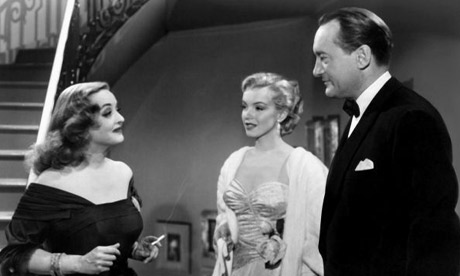The US Centers for Disease Control and Prevention, a government agency, has listed cigarettes in movies as a key factor in teen smoking. The Institute of Medicine of the National Academy of Sciences has said that studies show a clear link showing that kids who watch movies with smoking are more likely to smoke.
So, it is a small step forward that the CDCP announced last Thursday that scenes of smoking in high-grossing films fell to 1,935 incidents last year, down 49% from the recent peak of 3,967 in 2005.
This may in part be the result of a change in 2007 that includes smoking incidence in MPAA ratings, following four years of requests from state attorneys general and other groups. The MPAA has refused, however, to make smoking an automatic R-rating, even with an exclusion for historical accuracy in films like “Good Night and Good Luck.” “On April 22, 2009, the MPAA interrupted North Carolina Senate debate on landmark smokefree workplace legislation to demand a loophole for smoking in film productions. ‘The motion picture industry worries the bill would prevent actors from smoking on screen,’ reported the Associated Press,” according to Smoke Free Movies. They were successful in getting an exemption written into the law.
A significant factor in reduced smoking onscreen may also be pressure from websites that specifically review smoking in movies. Smoke Free Movies, a project of Stanton A. Glantz, PhD, professor of medicine at the University of California, San Francisco, has a directory of actors with more than three smoking roles. Scene Smoking from Breathe California of Sacramento-Emigrant Trails, shows how smoking is shown in films, classifying it by whether it is the lead actor, a credited non-star, or an extra, whether the brand is shown, and whether the smoker is a good guy or a bad guy.
The CDCP says:
Although the behaviors and attitudes of family and friends are the main influences on adolescent decisions to use tobacco, the media–films, television, and the Internet–also influence these decisions.5-8 According to recent studies,
* Current movie heroes are three to four times more likely to smoke than are people in real life.5,6,9
* Young people in the United States watch an average of three movies a week, which contain an average of five smoking episodes each, adding up to about 15 exposures to smoking a week. Young people may be exposed to more smoking in movies than in real life.
* A teen whose favorite star smokes is significantly more likely to be a smoker.
* Approximately two-thirds of films seen today show tobacco use, including films that are rated PG or PG-13 and intended for young audiences.
* Films depicting tobacco use are increasing and are reinforcing misleading perceptions that smoking is a widespread, socially desirable, and normal behavior, and they fail to convey the long-term consequences of tobacco use.
Smoke Free movies notes, “The 390,000 kids recruited to smoke each year by the smoking they see on screen are worth $4 billion in lifetime sales to the tobacco companies. And that’s just in the United States.”
The CDCP has a video about the influence of movie smoking on teens called “Scene Smoking: Cigarettes, Cinema and the Myth of Cool.” It is available for view online or by DVD.



